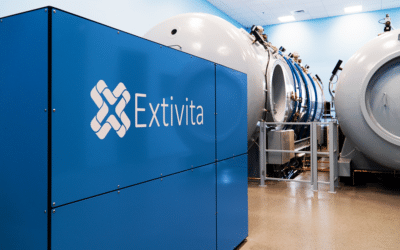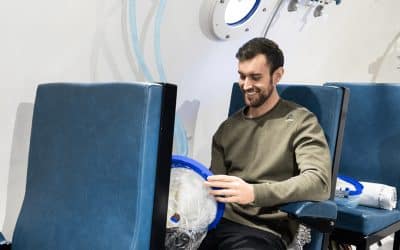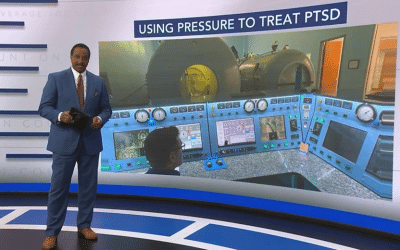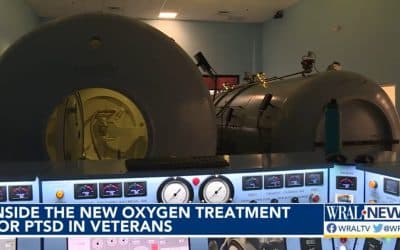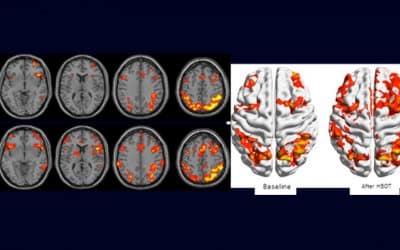HBOT News & Research
Hyperbaric Oxygen Therapy (HBOT) is increasingly appearing in the news and new research as a treatment for a variety of conditions involving inflammation. Use the search or select an article below to to keep up to date on the most recent HBOT News.
Recent Hyperbaric Oxygen Therapy (HBOT) News
Systematic Review and Dosage Analysis: Hyperbaric Oxygen Therapy Efficacy in Mild Traumatic Brain Injury Persistent Postconcussion Syndrome
Background: Mild traumatic brain injury results in over 15% of patients progressing to Persistent Postconcussion Syndrome, a condition with significant consequences and limited treatment options. Hyperbaric oxygen therapy has been applied to...
Devon Man Finds Relief from Long-Term COVID-19 in Hyperbaric Oxygen Chamber
Long-term COVID-19 sufferers can get some relief thanks to Restore Health & Longevity in Wayne, writes Caroline O’Halloran for SAVVY Main Line. Devon resident Dave Shollock had been feeling sick and tired long after his bout with the virus. He...
Infrared sauna as exercise-mimetic? Physiological responses to infrared sauna vs exercise in healthy women: A randomized controlled crossover trial
Abstract Background: Passive heat therapies have been reported to have similar effects on the cardiovascular system as exercise. Studies supporting these findings in healthy populations have predominantly been done with men using warm water...
Israeli study: oxygen therapy working for PTSD
OXYGEN therapy can dramatically reduce post-traumatic stress disorder, according to a world-first Israeli study on Israel Defense Force veterans, during which half the subjects made such good progress they were no longer deemed to have PTSD. The...
New hyperbaric clinic in Fargo seeing long-haulers from COVID-19
FARGO — Rick Graalum never thought he would find himself laying in a hyperbaric chamber, but he has good reason. "I had COVID and I actually had COVID pretty bad," Graalum said. Recovering from COVID-19 was tough for Graalum. He contracted a case...
Using Pressure and Oxygen to Treat PTSD
North Carolina is moving forward with a new way to help veterans who suffer from PTSD. N.C. formally recognized hyperbaric oxygen therapy as a viable treatment for PTSD in November with the passage of Senate Bill 442, which appropriated $150,000...
Maroon wins Arthur C. Rettig Award
Image Credits @drjosephmaroon Steelers' neurosurgeon Joseph C. Maroon, MD, was awarded the Arthur C. Rettig Award for Academic Excellence by NFL Physicians Society (NFLPS). Dr. Maroon was presented the award at the NFLPS scientific meeting during...
North Carolina launches plan to use new “lifesaving” oxygen therapy to treat veterans for PTSD
By Keenan Willard, WRAL eastern North Carolina reporter North Carolina is one of the first states in the country to start using a new oxygen treatment to help veterans overcome Post Traumatic Stress Disorder. Hyperbaric oxygen therapy is being...
Israeli Study of IDF veterans shows oxygen therapy reduces PTSD symptoms
Clinical example of functional brain imaging by fMRI. The reduced brain activity in the frontal lobes of the brain and in hippocampus is improved after Hyperbaric Oxygen Therapy . Credit: Shamir Medical Center Israeli scientists have...

